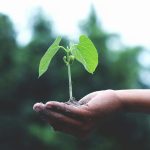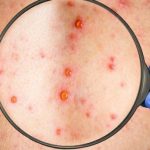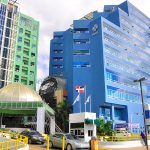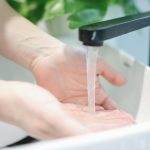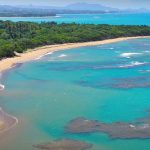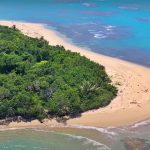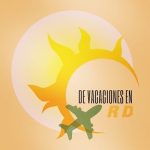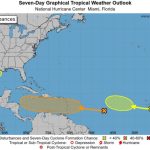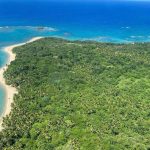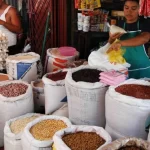Endangered treasures of Dominican nature on display in London

London.- Dominican iguanas, magnolias, orchids and whales, as well as the most ancient mammal still roaming the Earth —the Solenodon— are among the endangered species on display in Quisqueya La Bella, the photography exhibition by Eladio Fernández showcasing the endangered flora and fauna as well as several stunning landscapes of the Dominican Republic.
Eladio’s collection presents a side of the Dominican Republic seldom seen by an international audience. “Ours is a country fully committed to environmental protection, as reiterated by President Danilo Medina this very week when commemorating the international day for the environment. In all of our meetings in London the Viceminister for Hidrocarbons, Alberto Reyes, the President of the Dominican Council for Private Enterprise (CONEP), Rafael Blanco and the President of the British Chamber of Commerce (BritCham), José Rodríguez, spoke on the same terms while discussing our prospects on oil and gas”, said Dr Federico Cuello Camilo, Dominican Ambassador in London.
According to Ambassador Cuello, the Dominican Republic still has 40% forest coverage, thus preserving the natural habitats for almost 7,000 species, allowing the country to make it into the top ten of the GEF biodiversity index among archipelagic states.
This results from having set up 119 protected areas —including national parks, marine mammal sanctuaries, wildlife refuges as well as ecological, forest and scientific reserves— covering over two fifths of our landmass and marine spaces, as defined by Law 66-07 and Art 9.2 of our Constitution.
“By protecting watersheds to ensure availability of water for our power dams and our extensive network of irrigation canals, our biodiversity has been preserved as well, ensuring a sustainable pattern of economic development”, said Ambassador Cuello.
Dr Frank Moya Pons, a former Minister for the Environment and the top historian of his generation, indicated that the Dominican Republic has the richest ecology of the Greater Antilles, despite the development of commercial agriculture, deforestation, cattle ranching and urbanisation over the last 100 years.
“The island is one of the richest territories for endemic species in the Caribbean region, thanks to its diverse orographic structure and the diversity of its ecosystems. More than 70 species of freshwater fish have been recorded, 22 of them endemic. Over 250 species of birds have also been recorded, 22 of which are also endemic. Eighteen species of bats, more than 60 species of amphibians, more than 140 species of reptiles, 117 of them endemic, and so on”, said Dr Moya Pons.
The exhibition has been organized by the Embassy of the Dominican Republic in London with funding from the Ministry of Tourism. The organizers hope participants will find a new reason to visit the Dominican Republic.
“Eladio’s photography is a most enticing invitation. Our biodiversity is a resource in itself. It needs to be cherished by all if it is to endure. Come and enjoy sustainably our natural resources: it should prove to be the best incentive for preserving our ecosystems now and forever” said Ambassador Cuello.
Eladio Fernández (b. 1966) is an Associate Fellow in the International League of Conservation Photographers and treasurer of the board of Fondo Peregrino RD. He is a naturalist, author, editor of photography and illustrated children’s books, and a conservation advisor for Fundación Propa-gas.
Eladio has one of the most extensive image banks on the landscapes, flora and fauna of the Greater Antilles. His photographs have been published in the “Wildlife As Canon Sees It” ad campaign for National Geographic, and in Condor, Nature Conservancy and Living Bird, among others. His images are represented by NHPA stock agency.



